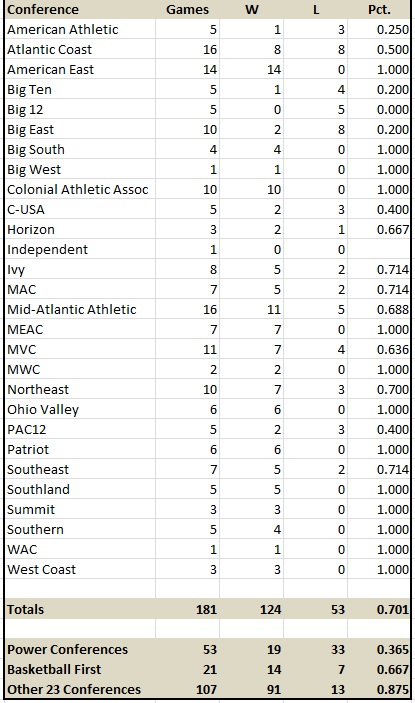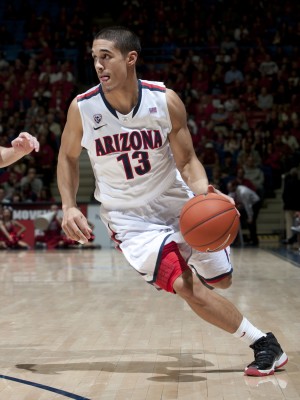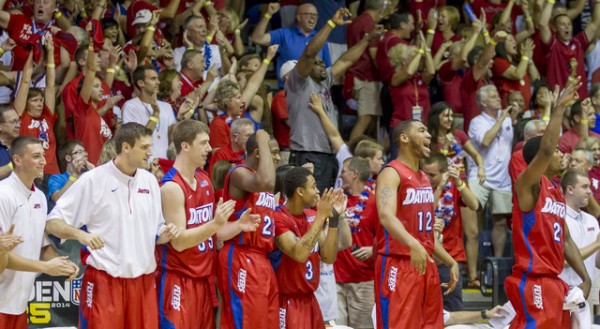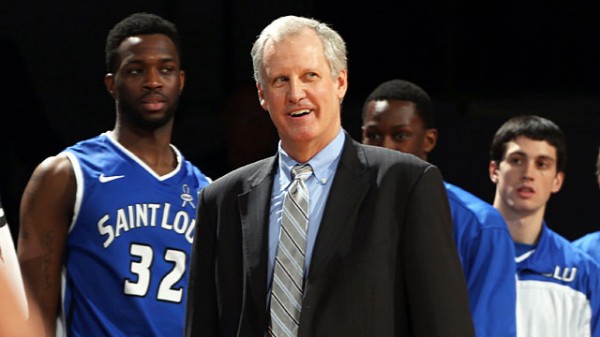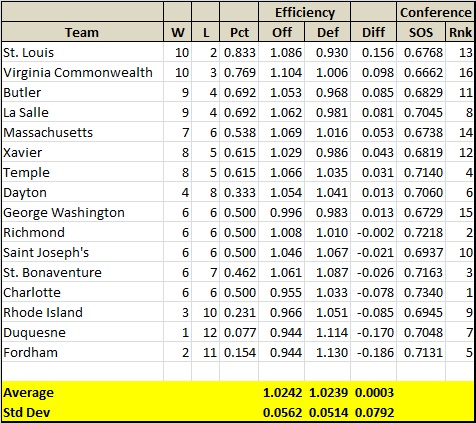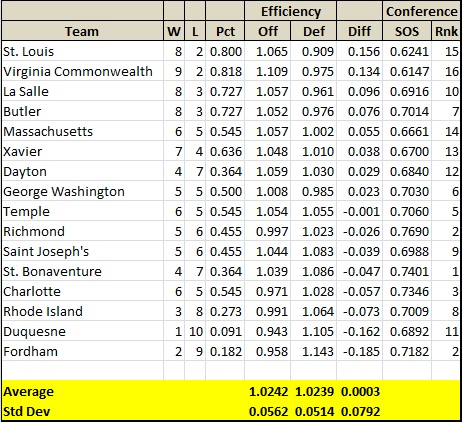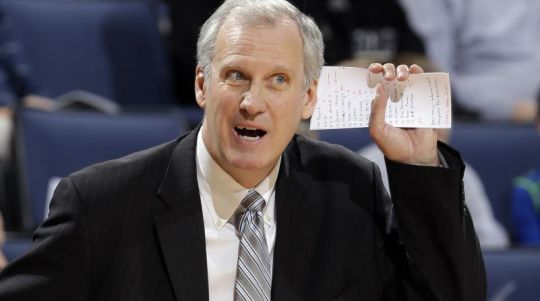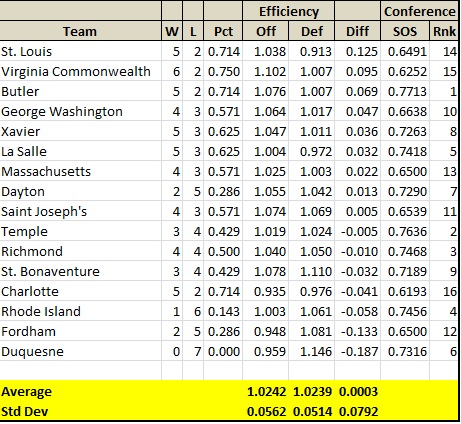NCAA Tournament Analysis: Saturday Games
Posted by Bennet Hayes, Brian Otskey, Andrew Murawa & Walker Carey on March 22nd, 2014Half of the field is already gone, and as fun as Thursday and Friday were, it’s time to get down to the business of crowning a national champion. Here’s our analysis of all of Saturday’s games.
#1 Florida vs. #9 Pittsburgh — South Region Third Round (at Orlando, FL) — 12:15 PM ET on CBS.
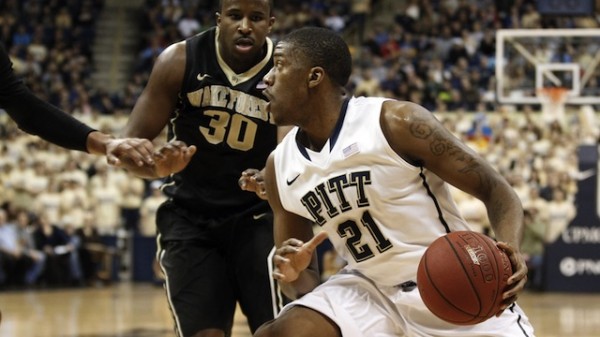
Lamar Patterson And Pittsburgh Had Little Trouble With Colorado In Their Tournament Debut, But A Far Stiffer Challenge Now Awaits: The Tournament’s #1 Overall Seed, Florida.
Albany made things interesting for a while against Florida, but the South region’s top seed took control down the stretch to advance to the round of 32. The Gator’s third round opponent, Pittsburgh, made sure that their Tournament advancement was never in doubt, running out to a 13-0 lead on Colorado en route to a 77-48 rout of the Buffs. Impressive performance from the Panthers, but a second round blowout has never entitled anyone to a bye into the Sweet 16; Jamie Dixon’s team will have their work cut out for them on Saturday. Still though, this is a winnable game for Pitt. The Panthers are a #9 seed in the bracket, but Ken Pom’s rankings have them as the 15th best team in the country, and they actually share a lot of the same traits that have made Florida successful this season. Neither squad plays fast (Florida is 314th in adjusted tempo, Pitt 296th), but both teams are in the top-25 nationally in both offensive and defensive efficiency, and each collects caroms at a clip that puts them in the top-60 in the country in rebounding percentage on both ends. Neither team boasts an especially glaring weakness, although three-point shooting is not a big part of the game-plan for either side. Looking at the Pittsburgh stats page can be intoxicating; the Panthers really do look like a top-15 team on paper. An inability to close out games has been the largest roadblock for the on-court version of the Panthers to emit the same appearance, but there’s no reason why they can’t finally win one of those close ones on Saturday. Pitt’s Lamar Patterson and Florida’s Scottie Wilbekin will not spend much time directly matching up today, but expect the bulk of the offense to flow through these two players. Patterson hasn’t been fully commended for what’s been a breakout senior season, but he’ll have his shot at some national recognition against the Gators. Outplaying Wilbekin would give Pittsburgh a great chance at moving on, but Wilbekin – and his gritty supporting cast – is where I’ll place my faith. I think Scottie does enough to keep Florida playing basketball next weekend, and in a game that may feel more like a Sweet 16 matchup than a third round game, Florida moves on.
The RTC Certified Pick: Florida
#4 Louisville vs. #5 Saint Louis – Midwest Region Third Round (in Orlando, FL) – at 2:45 PM EST on CBS
































